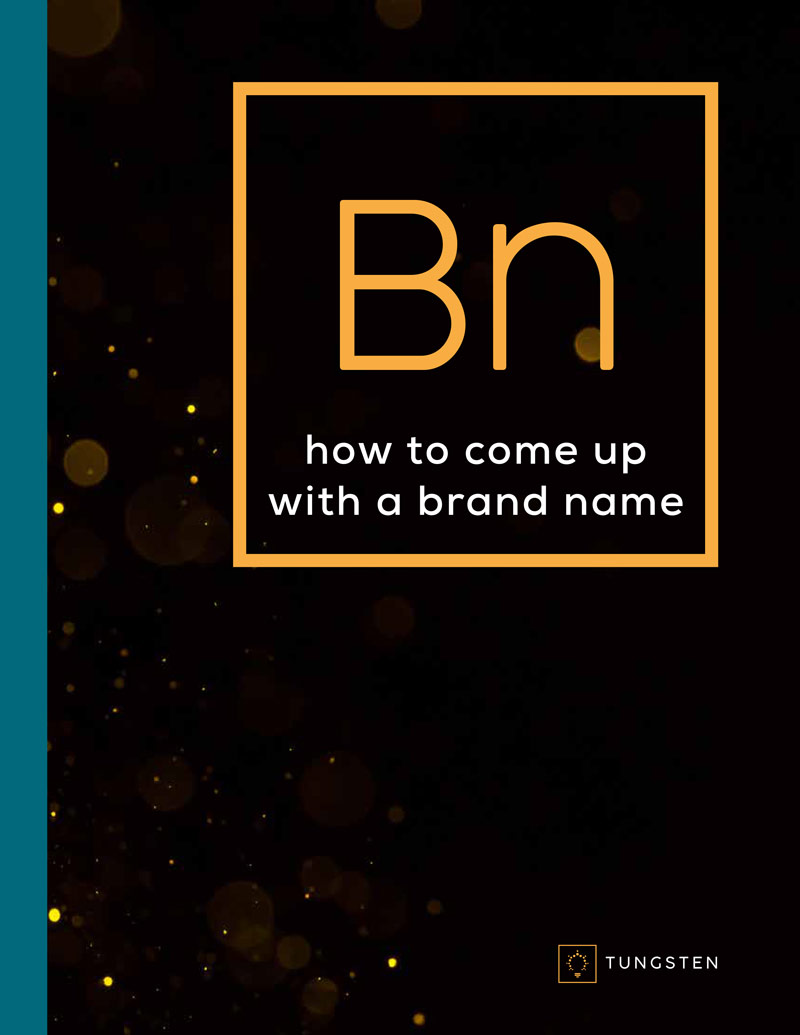In speaking to various business and trade groups this past summer and early fall, one theme rang loud and clear. In an effort to stay afloat, many business owners made significant changes to their business models. And these changes, while necessary in the short term, had left confusion amongst the rank and file. The common question was “Just what have we become?” Many of these companies had identities based on their industry, or their products and services. But as these industries struggled, so did the businesses that served them. Adapting to meet the sea of change in the economy and consumer behavior meant trying new things, serving new customers, adopting new pricing policies. These adjustments now required some corporate soul searching.
Examples of brand positioning shifts…
• Now that we’re selling products at a deep discount are we still a “quality” company?
• We always served the “XYZ” industry, and now we’ve expanded to other customers. Are we still in the “XYZ” business?
• We’ve opened a new division, serving a new customer base. Should it still be under the same umbrella name?
In other words, businesses did what they had to do to survive, and now it was time to make sense of it all. Some of the changes proved positive, forcing companies to evolve and reconfigure their service offerings. But others have caused “brand fractures,” actions that bring in short term cash flow but betray the long term values of the organization. In the wake of all these changes, now is the time to regroup and ask the pivotal questions that will help determine the future of your brand.
• Is your corporate identity based on an outdated or struggling industry? (i.e. boats, construction, automotive, etc.)
• Have you expanded your products and services in a way that no longer fits with your brand name or message?
• Are you trying to promote quality, price and service all at the same time in an attempt to be all things to all people?
Ideally, a company’s identity should revolve around one “pivot point,” a common thread that runs through everything a company says and does. Do you know what your pivot point is? Is it based on what you do or how you do it? Are you evolving with the times or dying with your industry? These are tough questions, but not nearly as tough as facing a dead end road too late to make changes. Now is the time to get clear, get focused, and take definitive steps to mold a cohesive identity that both your clients and your staff members understand.
Just as 3M transformed from Minnesota Manufacturing and Mining into a company known for product innovation in the adhesive industry, CEO’s that are clear on their corporate mission and values can lead their companies to great success. If you are having trouble defining your pivot point, perhaps it’s time to get clear on what you truly have to offer your clients. That’s what I’ve been speaking on all summer… “Brilliant Branding.” If you’re ready to shine, it might be time to consider a brand clarity audit. We’ll work with you to clarify your mission, purpose, values and direction. And best of all, you’ll discover that elusive “pivot point” around which you can base all your decisions. Having that type of guiding light can re-focus and re-energize a company as it moves towards a common goal. And it sure beats an identity crisis.
About the author: With over twenty five years of company naming and branding expertise, Tungsten founder Phil Davis is a marketing and advertising veteran, having personally named over 250 companies, products and services worldwide. As a sought after branding expert, Phil has been quoted in The Wall Street Journal, Inc.com, Businessweek, Entrepreneur, and Newsday.
BY Phil Davis
Brand Naming Expert
With over twenty-five years of company naming and branding expertise, Tungsten founder Phil Davis is a marketing and advertising veteran, having personally named over 250 companies, products and services worldwide. As a sought-after naming expert, Phil has been quoted in The Wall Street Journal, Inc.com, Businessweek, Entrepreneur, and Newsday.




